
Jo Wallace
Jo Wallace is creative director at JWT London and founder of the networking evening Good Girls Eat Dinner. She was listed as one of Creative Equals & Campaign’s 30 Future Female Leaders in 2017.
Your proudest moment at work?
The award-winning campaign for the National Centre For Domestic Violence, which ran alongside the 2018 World Cup. In the UK alone, reported incidents of domestic violence increase by a staggering 38% when England lose. We hijacked national flags to tell the brutal story across victim’s faces and bodies.
Most sexist ad you’ve seen?
The Sprite #BrutallyRefreshing campaign that went live on Twitter in 2016. It was slammed for being a misogynistic “slut-shaming” campaign. Copy lines included “She’s seen more ceilings than Michelangelo.”
What can be done to promote gender equality in advertising?
For the past three and a half years I’ve been running a women’s networking event called Good Girls Eat Dinner. The positive energy in the room is brilliant and turns into inspired action. I have had women message me to say it gave them the final push to set up their own business.
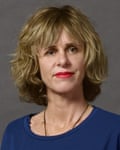
Ali Hanan
Ali Hanan is founder and CEO of Creative Equals, an organisation that champions diversity in the creative industries by encouraging agencies to tackle the gender pay gap, use more female creatives and create positive images of women.
Your proudest moment at work?
Last year, we ran an award-winning campaign challenging male-dominated brand logos. DreamWorks, Monopoly, Pringles, the Oscars: their logos all feature male figures, reflecting the fact that just 12% of creative directors are women. For International Women’s Day, we changed all these logos from male to female, with the tagline: “Here’s to more women designers.”
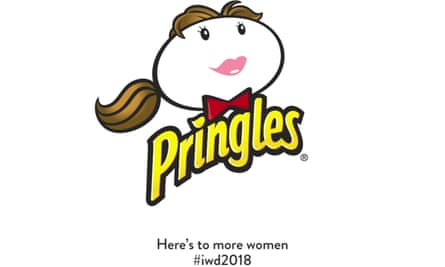
Most sexist ad you’ve seen?
Where do I start? One of the most offensive is a 2007 ad by Tom Ford where a perfume bottle not-so-discreetly covers a naked vagina.
What can be done to promote gender equality in advertising?
At Creative Equals, we’ve developed a kitemark for the sector, the Creative & Media Equality Standard, so that every company can understand where the barriers for inclusion are on their shop floors. We also run a two-week Creative Comeback programme to get women back into the industry after a career break and a one-day leadership event called Rise.
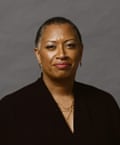
Sarah Jenkins
Sarah Jenkins is chief marketing officer at Grey London and co-founder of the Advertising Diversity Taskforce. She is on the board of Front Foot, the Advertising Association’s campaign to make the industry more progressive.
Your proudest moment at work?
Recently, a “swear jar” app we did for Comic Relief in 2017. It recognised 47 different swear words across 21 different British accents, and every time you swore, the app would take a micro-payment.
Most sexist ad you’ve seen?
A very recent campaign that failed was by Boden, associating girls with picking flowers and boys with creating mischief. Anyone doing a sexist ad now, after #MeToo, is simply inexcusable.
What can be done to promote gender equality in advertising?
The Advertising Diversity Taskforce has enlisted 15 agencies to pool their data from an online census that each agency does each year. It means we have almost 3,000 respondents, each answering questions relating to gender, seniority, when they were last promoted, and so on. It helps us see the true complexity of the challenge of empowering women through our industry.
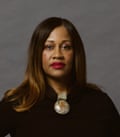
Karen Blackett
Karen Blackett is the UK country manager for WPP. She is also the chairwoman of MediaCom and co-chair of the Advertising Diversity Taskforce.
Your proudest moment at work?
A knife crime campaign that MediaCom, working with AMV, did for the Metropolitan police in 2007. It was a video game where you could choose different endings to a knife-crime scenario. It’s so pertinent to what’s going on now.
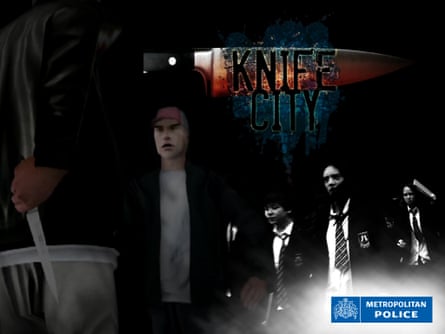
Most sexist ad you’ve seen?
The 2015 Protein World campaign that asked “Are you beach body ready?” with the image of a sexy blond woman in a bikini. It was truly appalling.
What can be done to promote gender equality in advertising?
Every year the charity organisation WACL (Women in Advertising and Communications London) hosts Gather, a day of talks and training sessions for women at the start – or in the middle of – their careers. They have brilliant speakers and the atmosphere is very warm, often vulnerable, with a real sense of community.
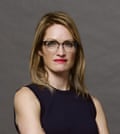
Jo Arden
Jo Arden is chief strategy officer at MullenLowe London. The agency is part of the Unstereotype Alliance with Unilever and UN Women, established to eradicate stereotypes in advertising, and works with Creative Equals on diversity and inclusion.
Your proudest moment?
We work on the Truth Project, part of the government’s independent inquiry into child sexual abuse. We’re asking people to share an experience that, for most, was deeply traumatising, in order to land the truth that sexual abuse can happen to anyone.
Most sexist ad you’ve seen?
The work I find most damaging is that which sneaks sexism in under the cover of progress. The Fearless Girl sculpture funded by State Street Global Advisors is installed to stare down the Charging Bull in Wall Street. It was lauded as the definitive statement against inequality, but the concept itself is offensive. The bull represents the strength and power of the people, including women. They don’t need to stand against it, they are it. But my main issue that it’s a little girl and the fight for equality is against women’s contribution being minimised, infantilised, made to feel small.

What can be done to promote gender equality in advertising?
Free the Bid requires a female director on all shortlists for commercial advertising. People with the power to put those lists together need to look further than the names they know. There’s comfort in the predictable, but there’s creativity in finding someone new.
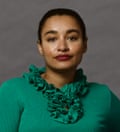
Sereena Abbassi
Sereena Abbassi is worldwide head of cultural inclusion at M&C Saatchi Group. She’s on the advisory board of the Other Box, a platform celebrating people of colour and other underrepresented backgrounds in the creative industries.
Your proudest moment?
Our Dubai office did an ad for Shell in Saudi Arabia, just before the ban on female drivers was lifted. It features men talking about the women in their lives and how they feel about them driving. For me, it’s the definition of male advocacy, which I think we need to see more of if we’re really committed to parity of the genders.
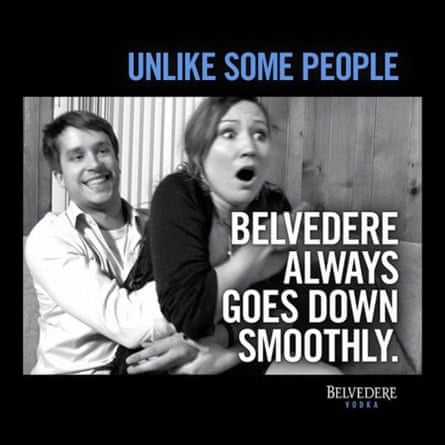
Most sexist ad you’ve seen?
A 2012 poster ad for Belvedere vodka that appears to endorse rape culture. It’s about how smooth Belvedere goes down. A guy is dragging a woman towards him, completely against her will. I cannot believe it got made.
What can be done to promote gender equality in advertising?
I love the Earn Your Worth project that the recruitment company Major Players is doing. Usually, these companies ask how much you earn, and based on that figure, irrespective of how much the role is worth, your salary can only exceed that by 10%. That’s one reason men and women get paid differently for the same role. So instead of asking women how much they earn, the campaign proposes telling recruiters what the salary bracket for the job is and letting them decide.
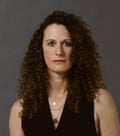
Victoria Brooks
Victoria Brooks is an independent planner/strategist working in sustainability communications. She is the vice-president of Bloom UK, a women’s professional network in the advertising industry.
Your proudest moment?
In New York, I worked on a brand called AND1, which sells high-end basketball shoes to boys in inner-city neighbourhoods. I felt there was something fundamentally wrong with white people in a Manhattan office coming up with strategies for them, so we invited a basketball team in Harlem to do an internship in the agency. At the same time we got them to shape the campaign that was going to be in their community.
Most sexist ad you’ve seen?
A Lynx ad from 2011 that says, “Can she make you lose control?” It’s a picture of a Page 3 model in underwear taking a turkey out of the oven. The adverts that people think were so sexist from the 60s and 70s are nothing compared to the pornification of women these days and the various expectations placed upon them.
What can be done to promote gender equality in advertising?
Creative Equals have an initiative called Creative Comeback, which takes women who have had a career break and provides them with training and internships. To see the industry embracing people after they’ve had a break is so important.

Stephanie Matthews
Stephanie Matthews is a campaign manager for the Virgin Group. She is the 2019 president of women’s network Bloom UK and an active member of Stonewall’s School Role Model programme and the Media Trust mentoring programme.
Your proudest moment?
At Virgin, I’ve been able to collaborate with and introduce a more diverse range of suppliers particularly from the BAME and LGBT+ community into our brand activations. As a brown gay woman, I think it’s important to provide a platform for alternative voices and I’m proud to work for a company that shares these values.
Most sexist ad you’ve seen?
Hands down it’s the Beach Body Ready ad by Protein World in 2015. They got the mood of the nation completely wrong. Body shaming is wrong for either gender and not all women aspire to look like the model they used and object to these idealised, sexualised versions of women being projected as the cultural norm.
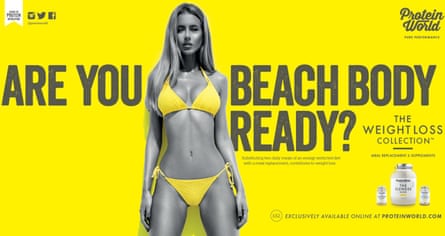
What can be done to promote gender equality in advertising?
For Bloom’s new mutual mentoring pilot, we’re matching senior men in the industry with women from the Bloom member base, where they can discuss the true challenges they both face and find solutions for their workplaces.
